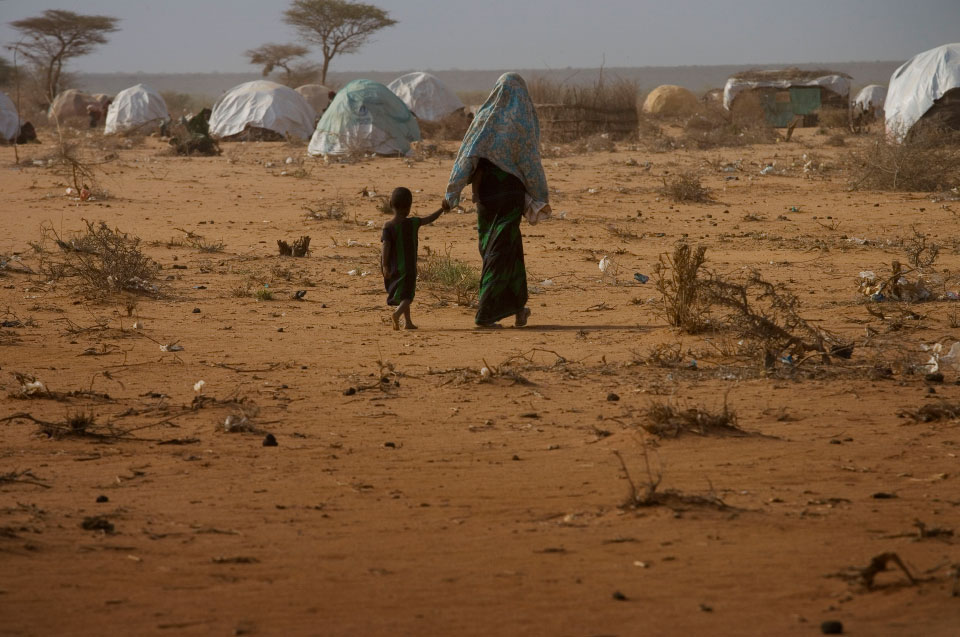What is the Continuation of Eastern Aid
From Humanitarian to Development Aid
When armed conflict breaks out or natural disasters strike, entire communities are affected, disrupting their day-to-day lives and long-term development prospects. Humanitarian aid is designed to save lives and alleviate suffering during and in the immediate aftermath of emergencies, whereas development aid responds to ongoing structural issues, particularly systemic poverty, that may hinder economic, institutional and social development in any given society, and assists in building capacity to ensure resilient communities and sustainable livelihoods. Both humanitarian and development aid are related, and different forms of aid often have both humanitarian and development components.
Development aid can exist without humanitarian aid (in developing countries that do not have humanitarian crises), but it also often exists in addition to humanitarian aid during and after crises. For example, if an earthquake strikes a country, short-term humanitarian aid is needed. This includes the delivery of food and water, the provision of temporary shelter, as well as health services.
Important differences between humanitarian aid and development aid:
Humanitarian Aid
- Short-term
- Delivered in disaster zones
- Responds to an incident or event
- Focused on saving lives
Development Assistance
- Long-term
- Delivered in developing countries
- Responds to systematic problems
- Focused on economic, social and political development

Linking Relief, Rehabilitation and Development (LRRD)
In 1995, the European Parliament issued a report entitled, Linking Relief, Rehabilitation and Development (LRRD). This document looked at aid effectiveness and the need to engage in relief efforts that reinforce development objectives, as well as development efforts that prepare communities to better withstand disasters and emergencies. LRRD looks to bridge the crucial gaps between humanitarian and development aid. At the same time, it recognizes the need to maintain a degree of separation between the two, as each offers its own expertise and comparative advantage.
One of the main elements of the LRRD concept is that transitioning between humanitarian and development programming is a non-linear process. It is a continuous cycle where populations are constantly moving from relief to development or from development to relief in chaotic and unexpected progressions.
According to the UN, the majority of the world's population now lives in areas affected by natural hazards. It is expected that this proportion will continue to rise as a growing number of people are residing in seismic, coastal and other unsafe areas, often in vast and unplanned urban communities. In addition, the OECD estimates that 1.5 billion people live in countries affected by repeated cycles of violence and insecurity.
Consequently, disaster risk reduction and risk management need to be addressed within development programming to mitigate the devastating consequences of unexpected conflicts and disasters. For its part, humanitarian aid should also build the proper foundation to complement long-term development objectives (see fact sheet Building Resilience). By avoiding extended humanitarian programming, which can build aid dependence, and by addressing root problems in tandem with offering relief, humanitarian aid can contribute to the alleviation of cyclical crises.

Good Practices
The LRRD concept also underscores the need to view the transition between humanitarian and development aid as a "contiguum" rather than a continuum. Although there was a previous focus on sequencing these two types of assistance in a linear fashion, it is now understood that they must be done in parallel.
In light of this, good practices include:
- Increased dialogue between the two sectors at the donor, institutional and country project level, as well as between these levels;
- Greater awareness of and efforts to break down programmatic silos; and
- A mutual understanding between the two sectors regarding their distinct identities, values and comparative advantages in order to facilitate an effective integration.
Source: https://www.humanitariancoalition.ca/from-humanitarian-to-development-aid
0 Response to "What is the Continuation of Eastern Aid"
Post a Comment